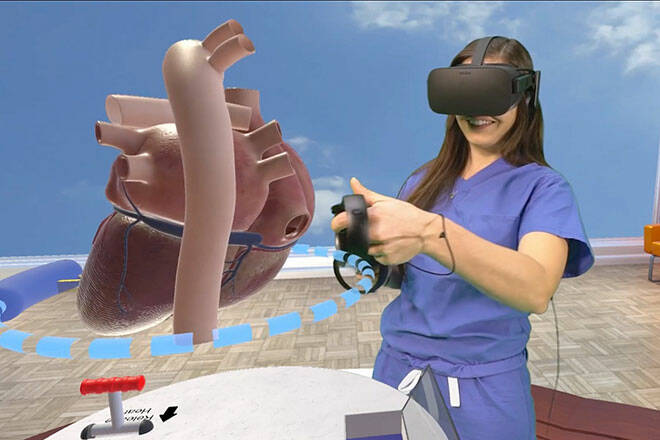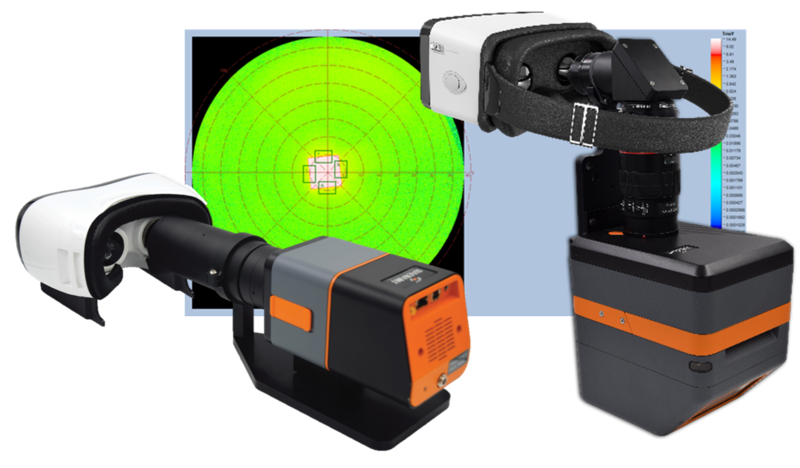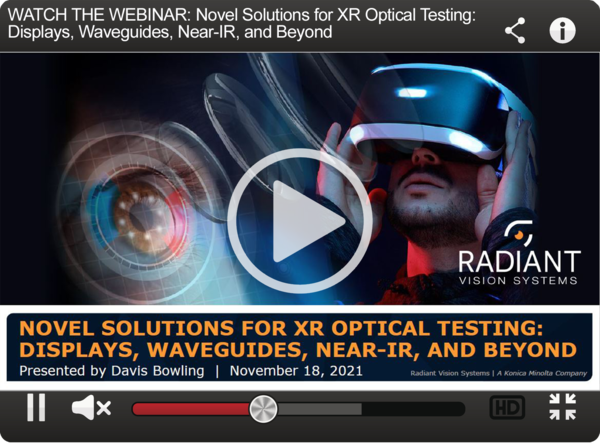Medical Miracles: AR/VR is Revolutionizing Healthcare
Among recent news stories is one with a happy ending: a pair of conjoined twins in Brazil were successfully separated thanks to a virtual-reality-enabled surgical procedure. Three-year-olds Bernardo and Arthur Lima were born joined at the head with their brains intertwined, and medical experts had previously said it would be impossible to separate them. The ground-breaking surgery was conducted simultaneously on both sides of the Atlantic Ocean, taking place in a hospital in Rio de Janeiro and directed live by Dr. Noor ul Owase Jeelani from a hospital in London.
What made this complicated procedure possible was virtual reality (VR) technology. First, medical teams spent months preparing and practicing the surgery in VR, using 3D models of the boys’ brains built from MRI and CT scan data. When they performed the series of seven surgeries required to separate the boys, the UK and Brazil teams wore VR headsets to coordinate their activities, with Dr. Jeelani directing the procedure live. Seven weeks later, both boys are recovering well.
VR Applications in Medicine & Patient Care
This miraculous story is just one example of how VR and AR (augmented reality) are changing the landscape of patient care and treatment. The idea of using VR in medicine is not new, but now “advances in technology mean the hardware is cheaper, smaller, faster, more reliable, and easier to use.”1 VR is already established as a valuable tool for medical education and training2 and it's now being applied in a number of areas.
Taking VR to Heart
To help medical students and patients understand and treat pediatric congenital heart defects, Stanford University, Lighthaus Inc., and Oculus collaborated to create The Stanford Virtual Heart. Introduced in 2017, it’s now in use at pediatric cardiac centers and educational institutions around the globe.
Users put on a VR headset to view an interactive, 3D heart, which includes various types of defects such as a hole in the septum or improperly attached valve (both common congenital heart defects). The headset wearer can “teleport” themselves inside the heart to view its chambers, vessels, and blood circulation, and understand the impact of each type of defect.

A clinician explores The Stanford Virtual Heart, an interactive, 3D model that helps demonstrate many common congenital heart defects. (Image © Stanford Medicine)
Easing the Pain
The medical community has recognized for at least a decade that attention distraction can be a powerful tool to help manage pain. Humans experience pain when nerve signals from the affected area reach our brain. But the brain doesn’t have unlimited capacity for attention. By distracting ourselves with a task or activity that takes mental focus and uses a portion of our attention capacity, fewer pain signals can reach the brain, providing some relief.
VR devices are designed intentionally to capture our focus and provide an immersive experience—to let users feel like they are truly inside the images they see. The power of VR is exactly the kind of distraction that can help pain sufferers. Dr. Thomas Caruso, an anesthesiologist and pain management expert explains, “pain is a perception that’s coupled to your attention, mood, and emotions. With VR, we can help modulate a patient’s mindset to be less focused on pain and anxiety.”3
VR treatment may not eliminate pain entirely but when used in combination with medication it can greatly reduce the need for opioids and other potentially addictive painkillers. For example, VR has been used to help pediatric burn patients endure the pain while their dressings are being changed.4 Recognizing the efficacy and benefit of this virtual approach to pain management, in 2020 the U.S Food and Drug Administration (FDA) granted Breakthrough Device designation to a VR system designed to ease lower back pain and fibromyalgia pain.5
Revving Up Rehabilitation
Many consumers have used VR applications to get active—from dance workouts, to virtual golf games, to running from zombies, the VR marketplace offers a wealth of options for getting off the couch and getting physical. By introducing gameplay elements, even less-motivated users can find exercise more fun and engaging.
The same approach is also proving to be very effective at motivating patients to do the physical therapy and rehabilitation exercises needed to help them recover from injuries or illnesses or to treat neuro-muscular conditions such as cerebral palsy. For patients who have survived a stroke or traumatic brain injury, the sooner they start rehabilitation, the better their chances of regaining lost functioning. Neuro Rehab VR is one company developing VR training exercises using machine learning to tailor the therapeutic regimen to each patient’s needs.
A stroke patient uses a VR rehabilitation program to improve her balance and coordination while on a simulated shopping trip.
Giving VR Devices their “Check Up”
When people’s health is at stake, patients and clinicians must be able to rely on the performance of VR devices, just as they rely on any other piece of medical equipment. Any visual defects in the headset display can interfere with device effectiveness. In critical situations like a live surgical procedure, even tiny image imperfections could have serious consequences.
To help VR headset designers and manufacturers ensure the visual performance of their devices, Radiant Vision Systems offers a range of solutions. Our AR/VR Lens features a unique optical design specially engineered for measuring near-eye displays (NEDs), such as those integrated into VR, AR, and mixed reality (MR) headsets. The lens design simulates the size, position, and field of view of the human eye to accurately capture and evaluate the human visual experience of elements in the headset.
The AR/VR/MR (collectively XR) market offers a wide range of device optics and architectures. The rapid evolution of components, technologies, and systems—from microLED to metalenses—is putting new demands on device developers. Radiant’s new XRE Lens offers a flexible solution for measuring the complete ecosystem of XR optical components as well as various optical configurations of XR devices.
Our patent-pending lens design incorporates a unique internal-focus mechanism with electronic control to instantly adjust the focus of the connected imaging system to multiple focal planes. Used with a ProMetric® imaging colorimeter or photometer and the TT-ARVR™ module of our TrueTest™ Software, the XRE Lens can be used to measure XR displays across a broad range of devices and visual performance criteria.

Radiant’s AR/VR Lens with a ProMetric® Y Imaging Photometer (left), TT-ARVR Software showing MTF slant-edge analysis of image taken with our XRE Lens (back), and the XRE Lens shown in periscope configuration with a ProMetric® I Imaging Colorimeter (right).
To learn more about quality testing the latest VR devices and components watch the webinar: “Novel Solutions for XR Optical Testing: Displays, Waveguides, Near-IR, and Beyond,” presented by Radiant in cooperation with Photonics Media.

CITATIONS
- Delzell E, “Virtual Reality in Medicine,” WebMD, May 31, 2021. (Retrieved August 4, 2022)
- Samadbeik M, Yaaghobi D, Bastani P, Abhari S, Rezaee R, Garavand A. "The Applications of Virtual Reality Technology in Medical Groups Teaching." The Journal of Advances in Medical Education and Professionalism, Vol. 6(3):123-129. July 2018.
- “Fool your brain, reduce your pain,” Harvard Health Letter, November 1, 2012.
- Xiang H, et al. "Efficacy of Smartphone Active and Passive Virtual Reality Distraction vs. Standard Care on Burn Pain Among Pediatric Patients: A Randomized Clinical Trial," JAMA Network Open, Vol 4(6):e2112082, June 20, 2021. DOI: 10.1001/jamanetworkopen.2021.12082
- Delzell E, “Virtual Reality in Medicine,” WebMD, May 31, 2021. (Retrieved August 4, 2022)
Join Mailing List
Stay up to date on our latest products, blog content, and events.
Join our Mailing List
